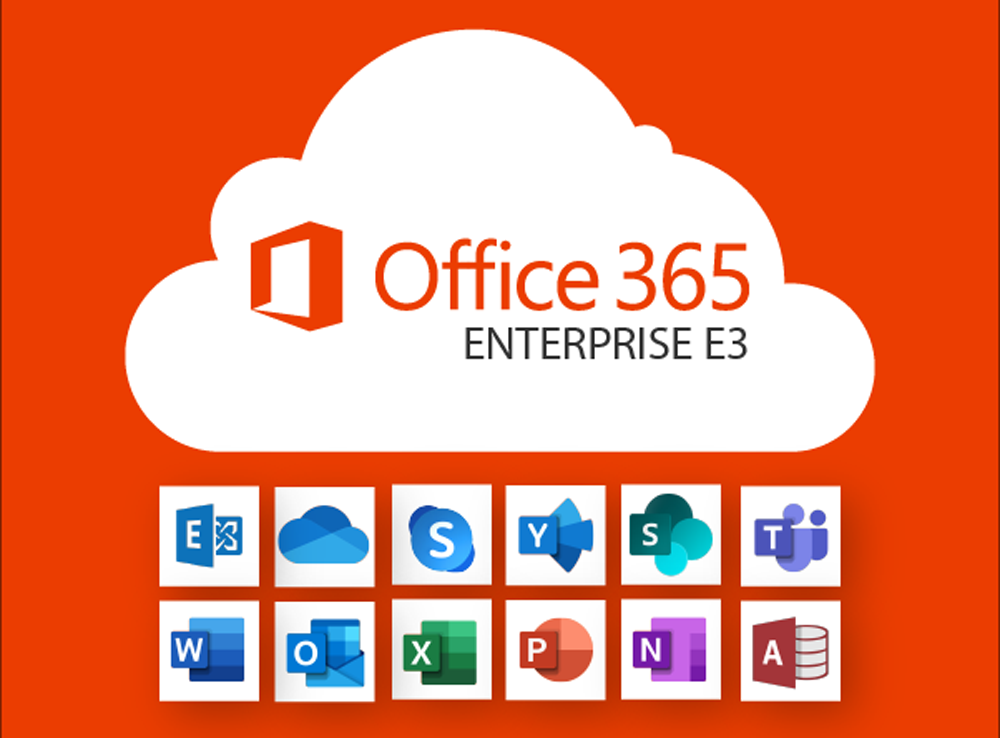Microsoft Office 365 Enterprise no longer has the menu and toolbars design system which was used in Microsoft Office 2003 and earlier.
The Microsoft Office 2010 ribbon contains tabs which give access to tools and commands, grouped together by type of task. The most commonly used commands are found on the Home tab. To hide the ribbon, press Ctrl + F1; use the same keys to see the ribbon again. Alternatively, from the dropdown arrow at the right of the Quick Access Toolbar, select Minimize the Ribbon; or double-click any ribbon tab.
As well as the standard tabs, there are contextual tabs which appear when an object is displayed within a document. For example, inserting a table into a Word document automatically opens up additional Table Tools Design and Table Tools Layout tabs. When the object is no longer selected, the Home tab will be displayed.
Quick Access Toolbar
This is situated in the application Title Bar. By default, it contains buttons for Save, Undo and Redo commands. It can be customised to contain icons for any commands you use regularly. For example, you may want to add the Spelling button to it to save going to the Review tab to run a spell-check.To customise, click the arrow at the right end of the Quick Access Toolbar. To add one of the buttons from the dropdown list to the toolbar, click on it.
To add other buttons, click Customize Quick Access Toolbar. If you select More Commands, the application Options dialog box opens with Customize selected. Select the command(s) required, click Add, then OK.
To move the Quick Access Toolbar below the ribbon, click Show Below the Ribbon from the Quick Access Toolbar dropdown.
Dialog box launchers are small buttons, looking like arrows that appear at the bottom right of some groups. Clicking the button opens the appropriate dialog box.
Sometimes only a subsection of possible items is shown within the ribbon, for example in the Styles group on the Home tab in Microsoft Word 2010. This list can be scrolled to see the additional items. To display the full list, click the drop-arrow below the scroll arrows.
If you prefer to use the keyboard rather than the mouse, press the Alt key from any ribbon and KeyTips appear. Press the relevant key to access the command or command group required. Further letters appear giving shortcuts for each button.


